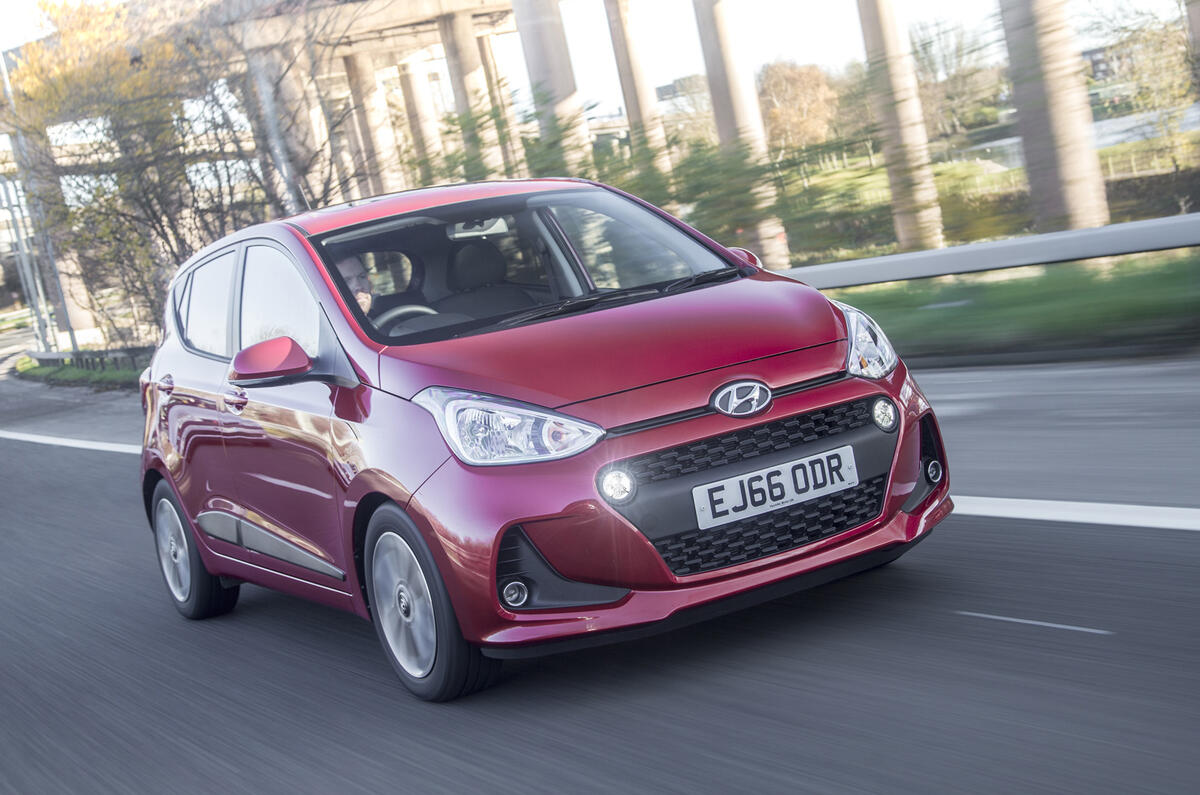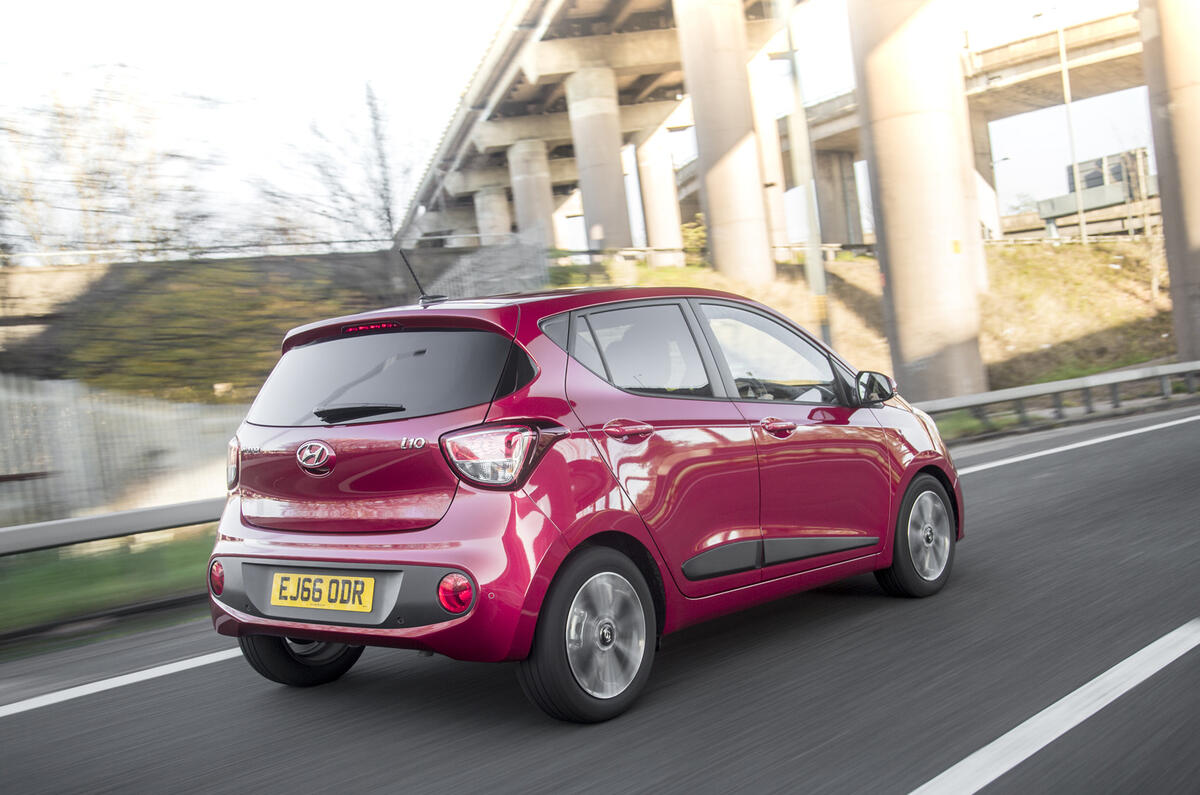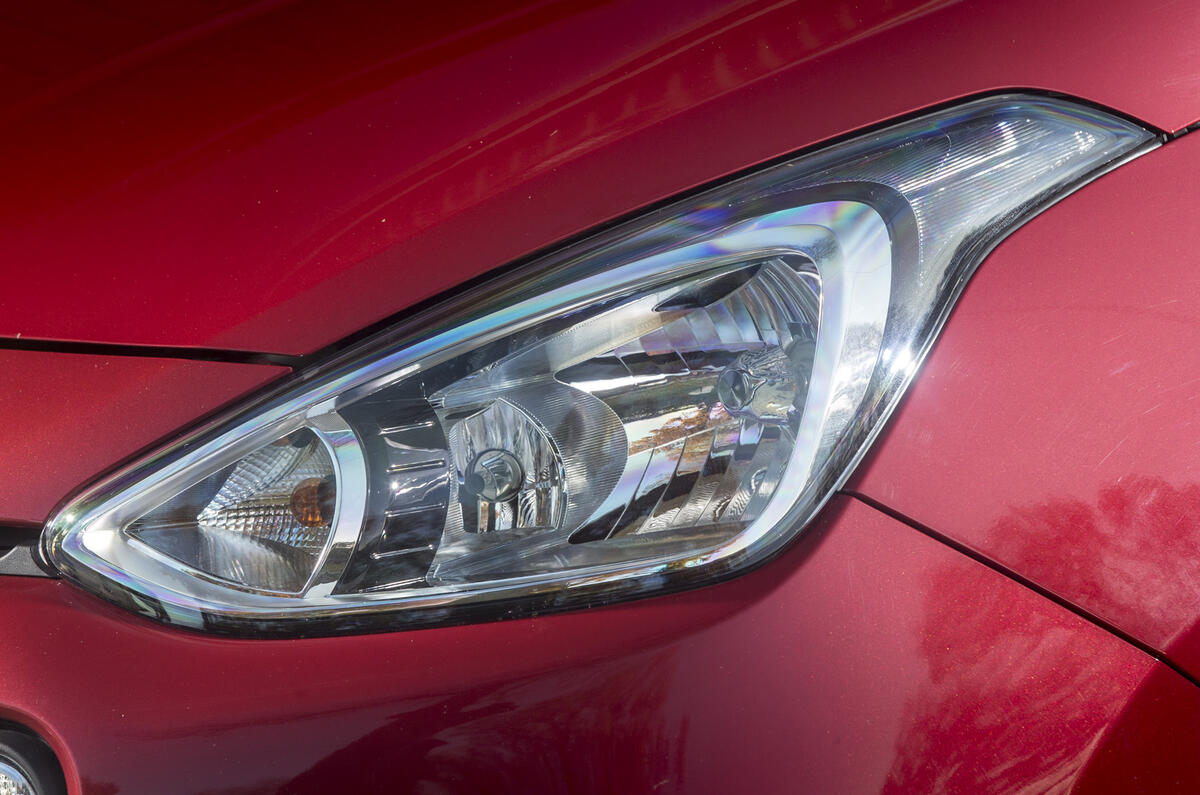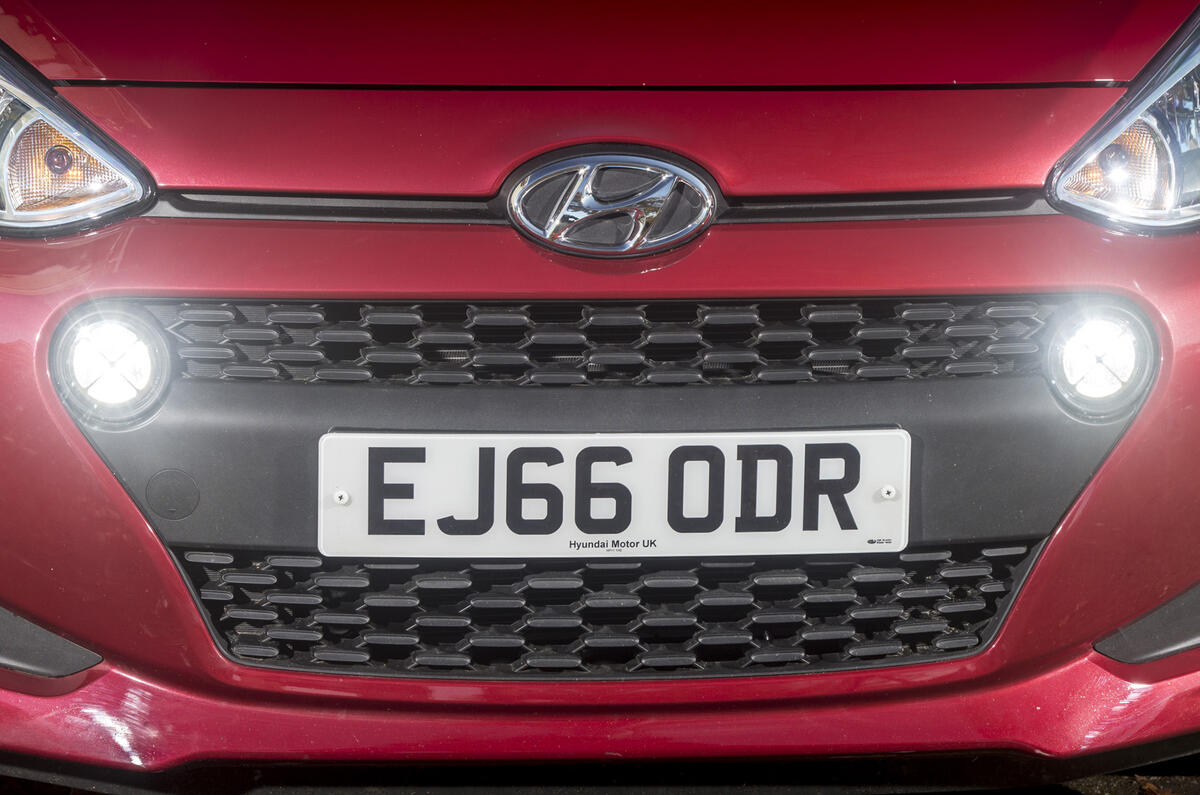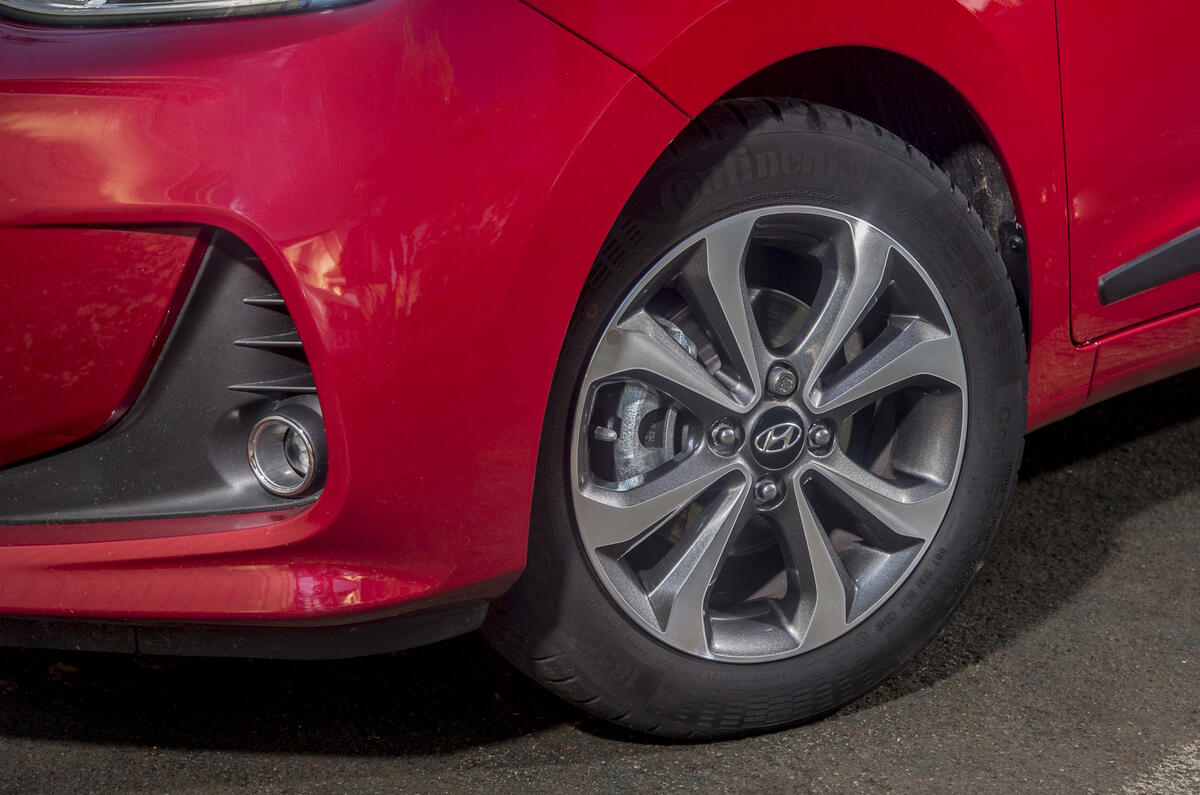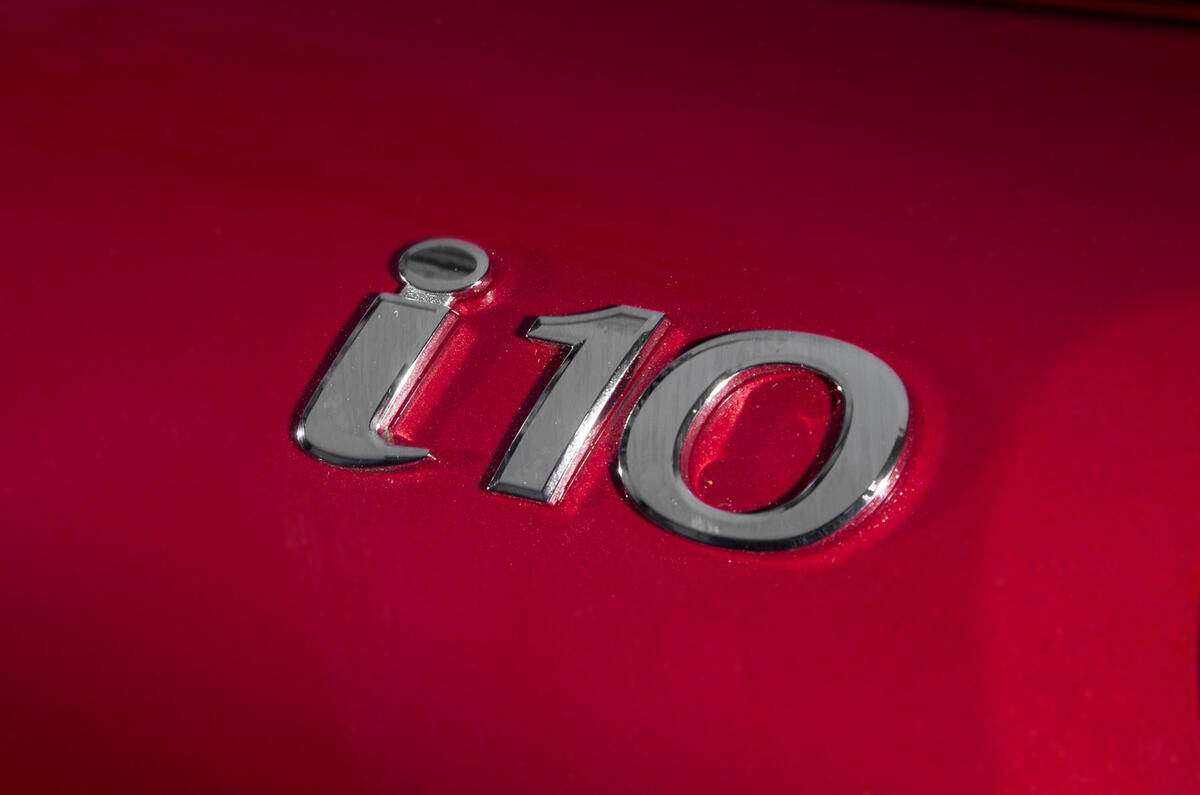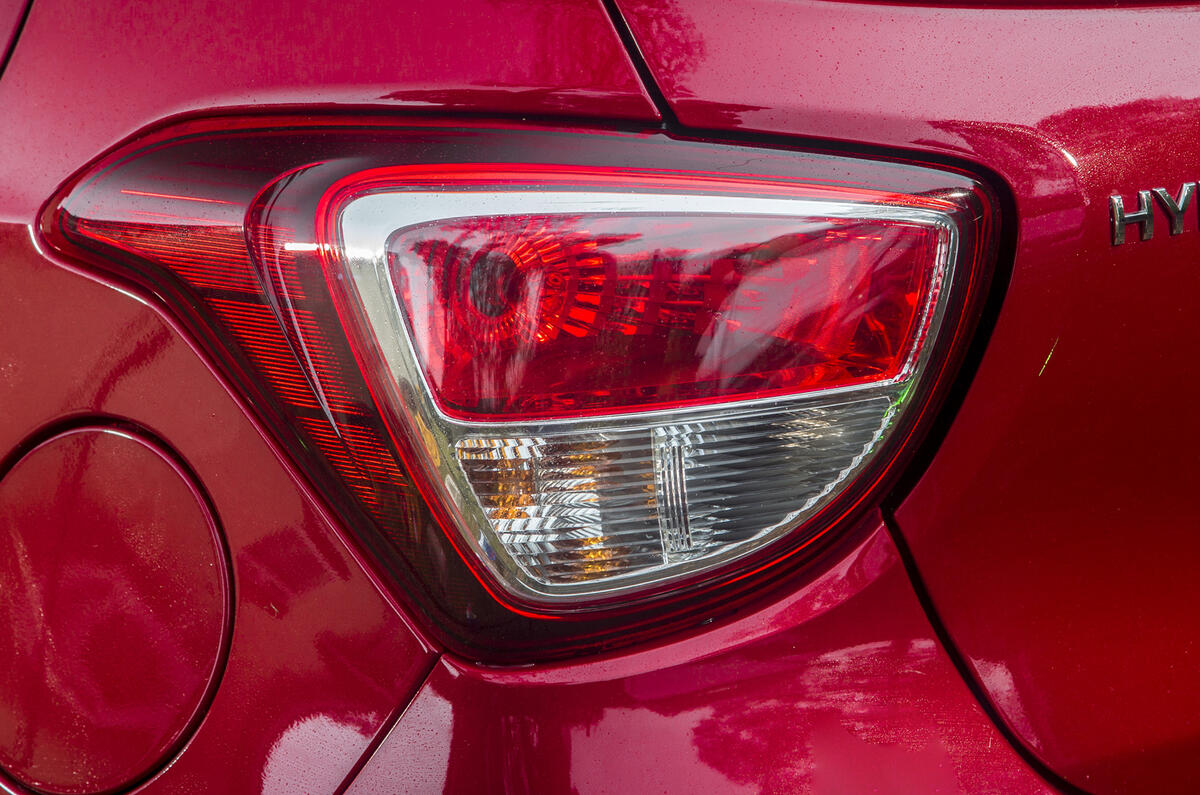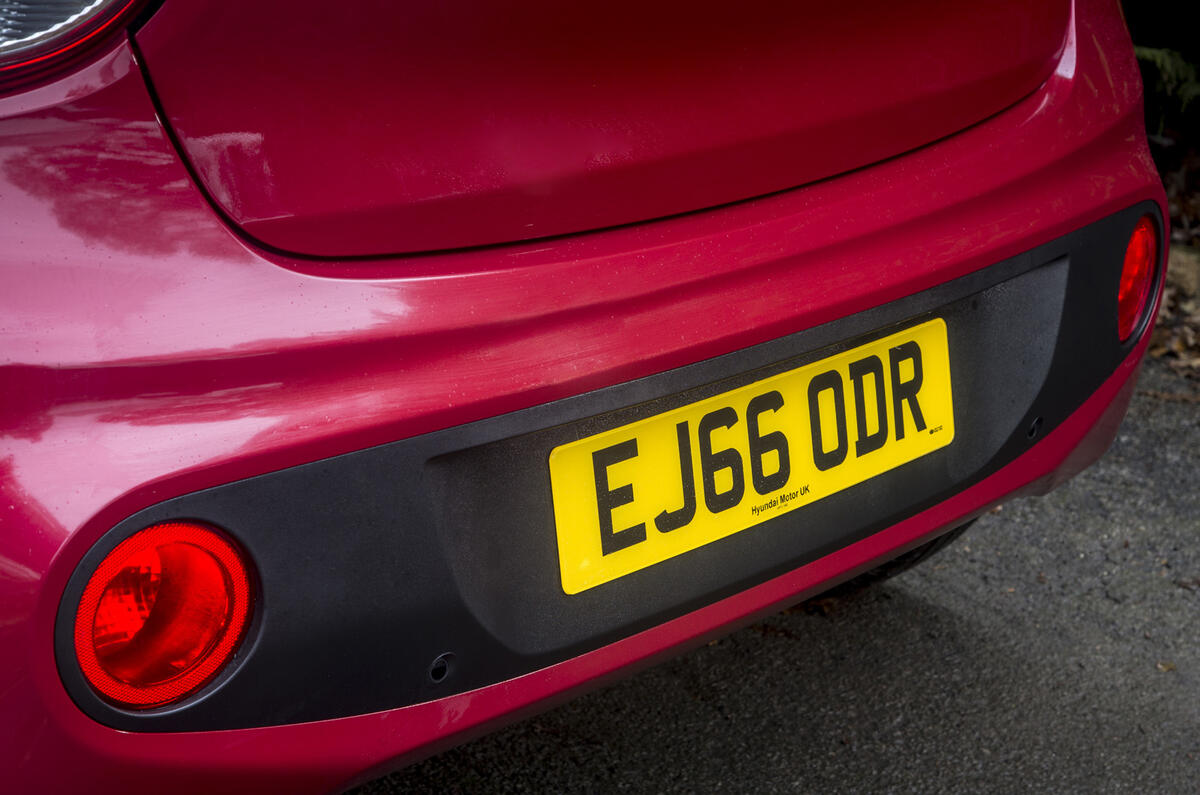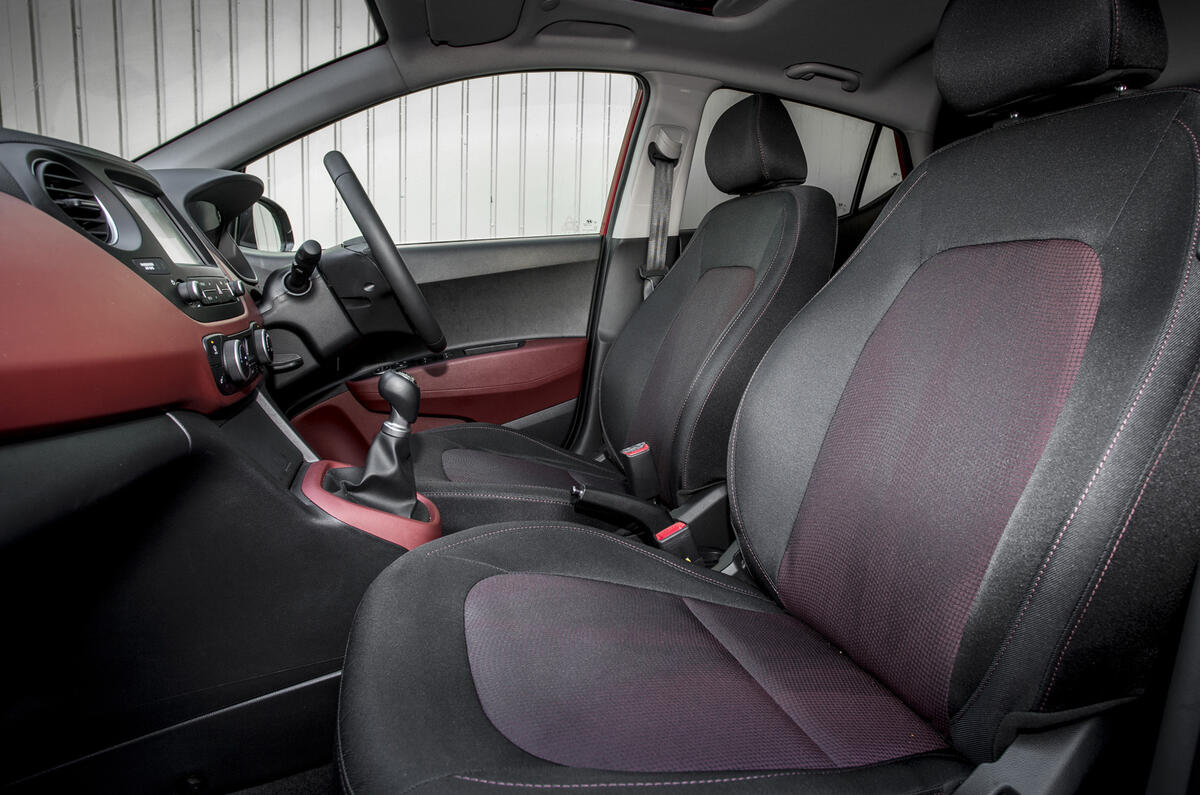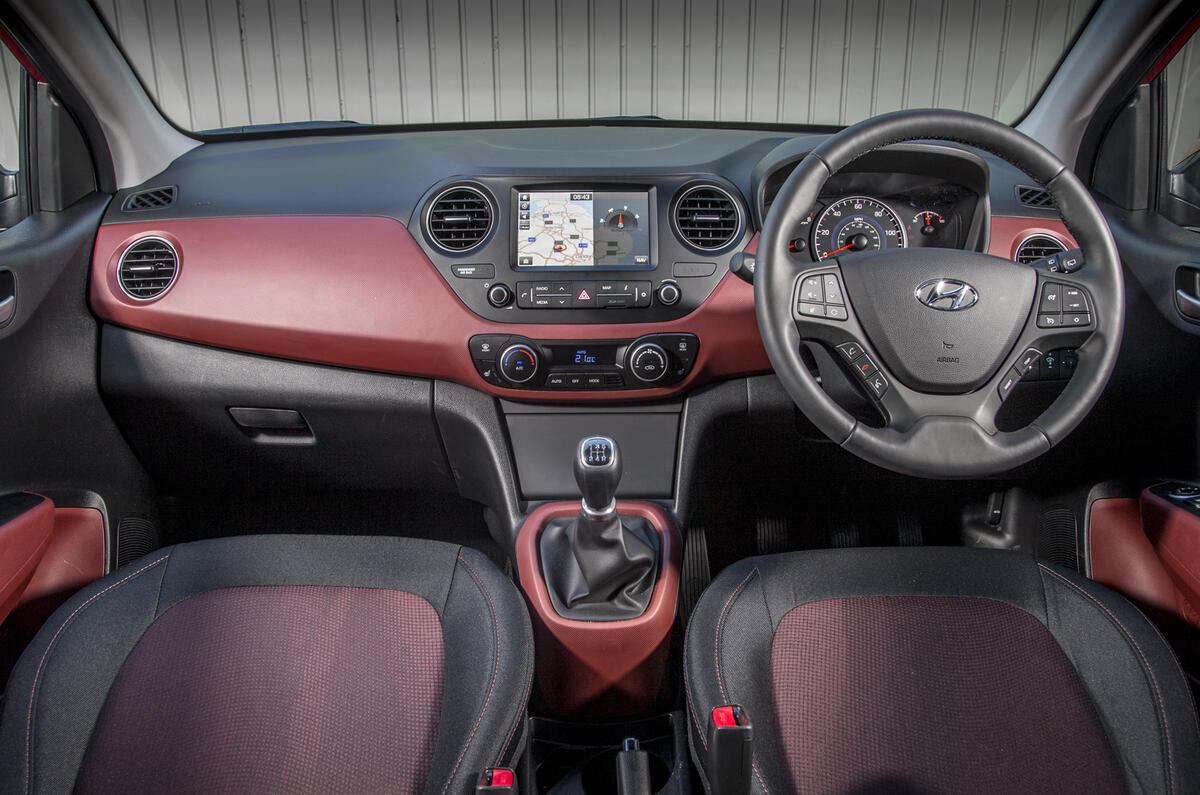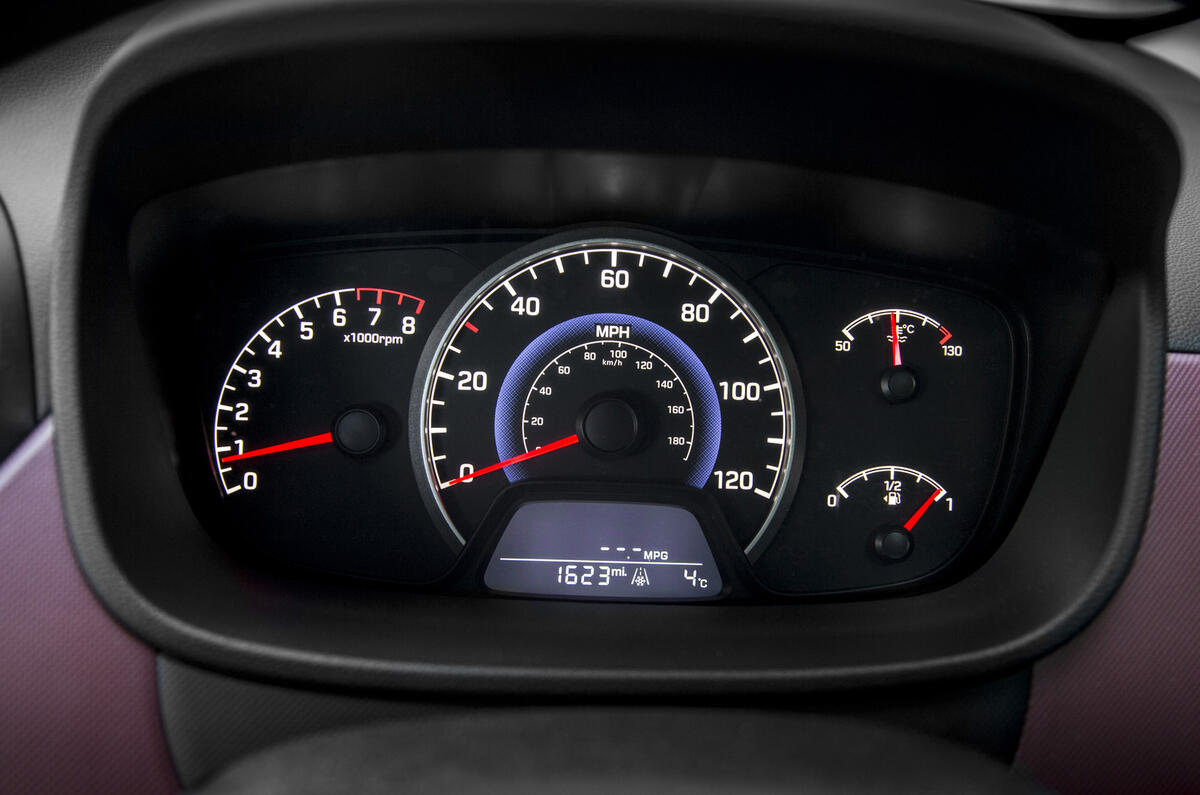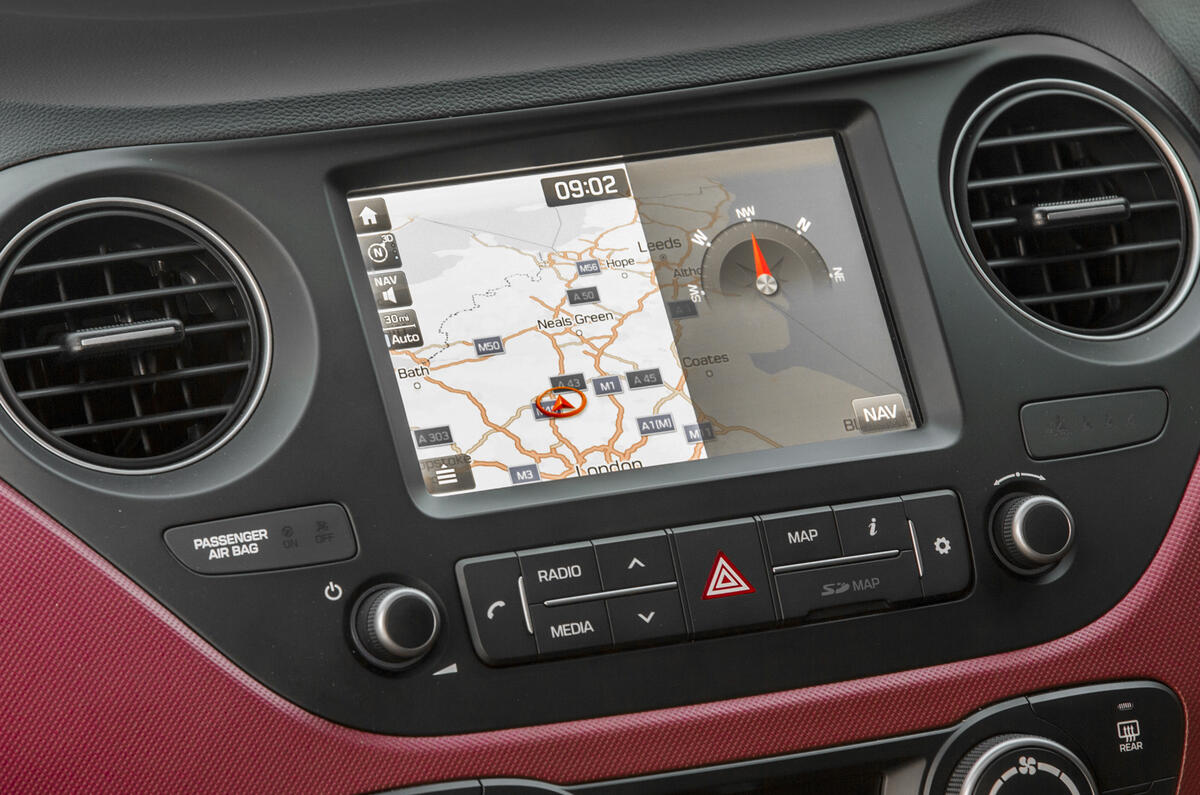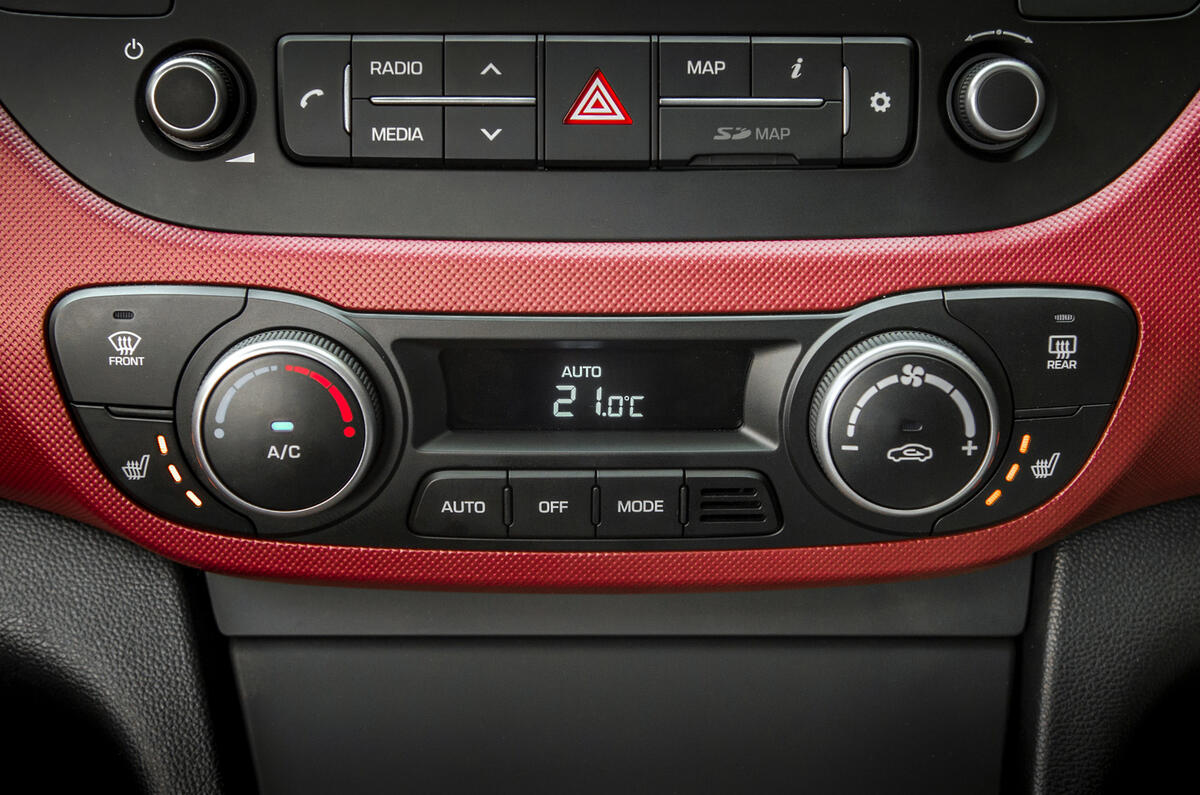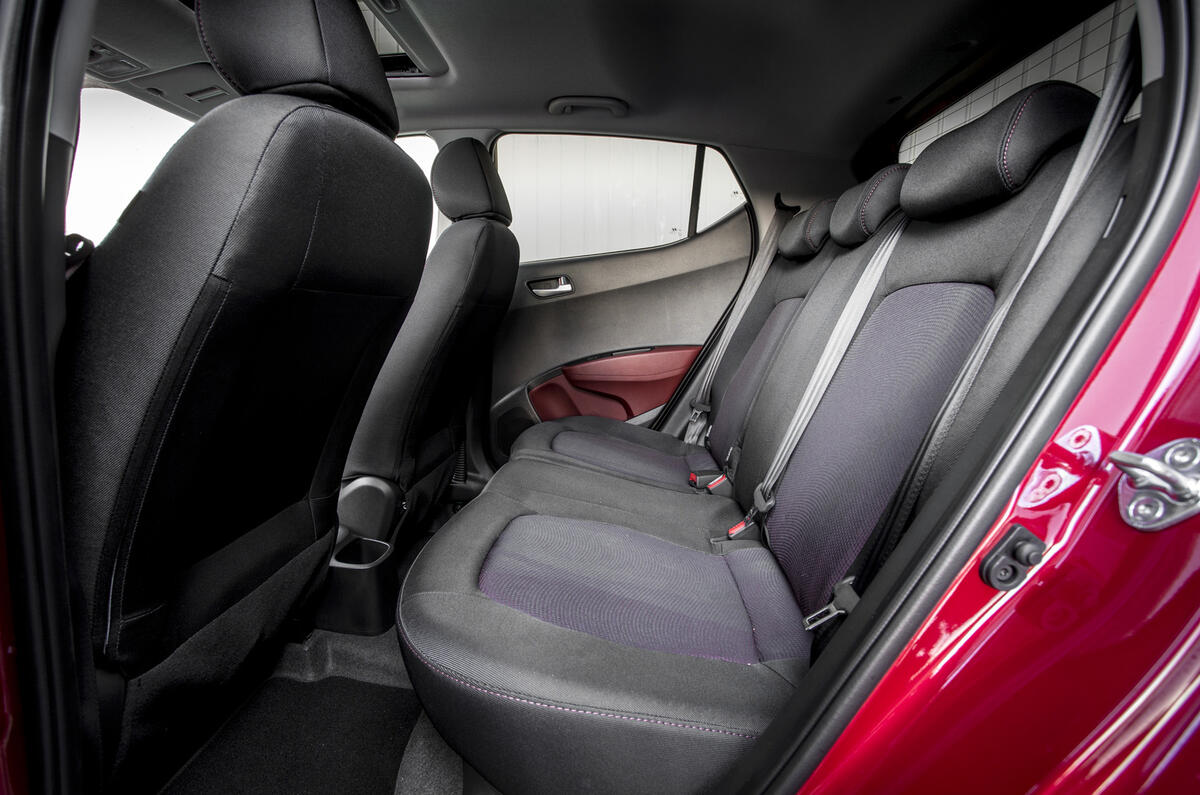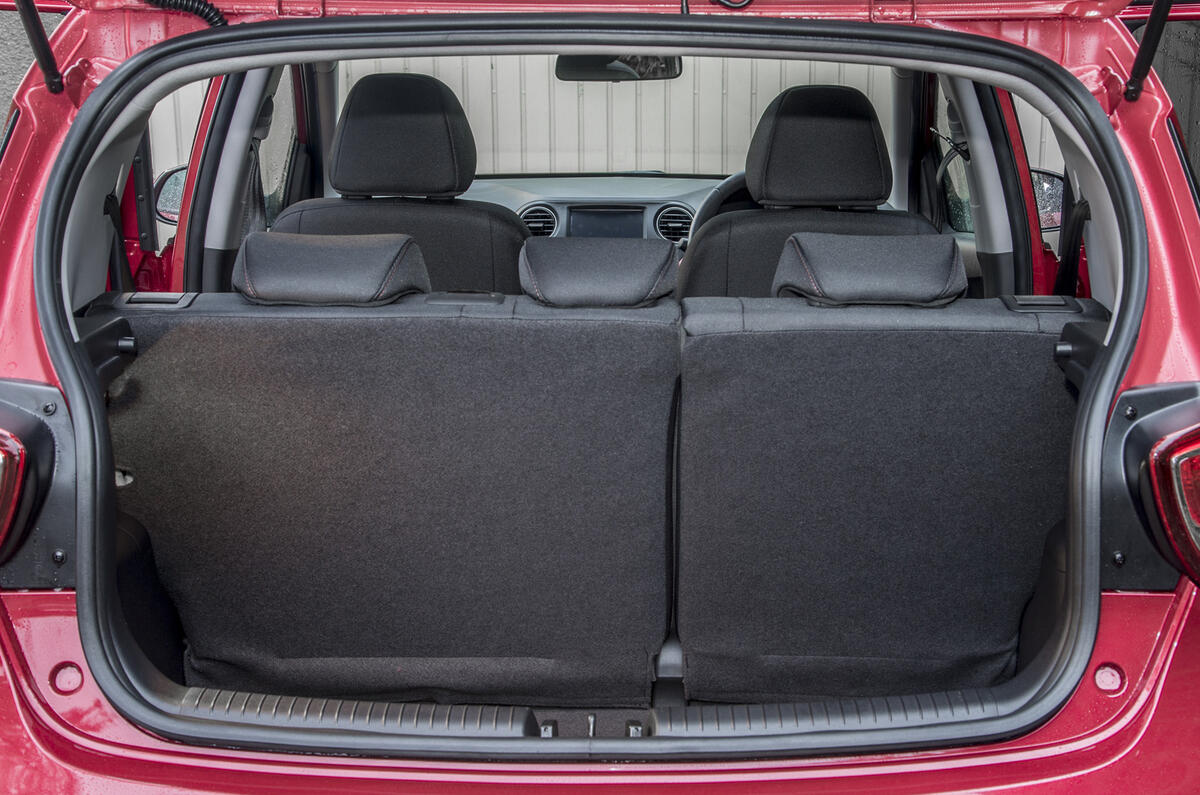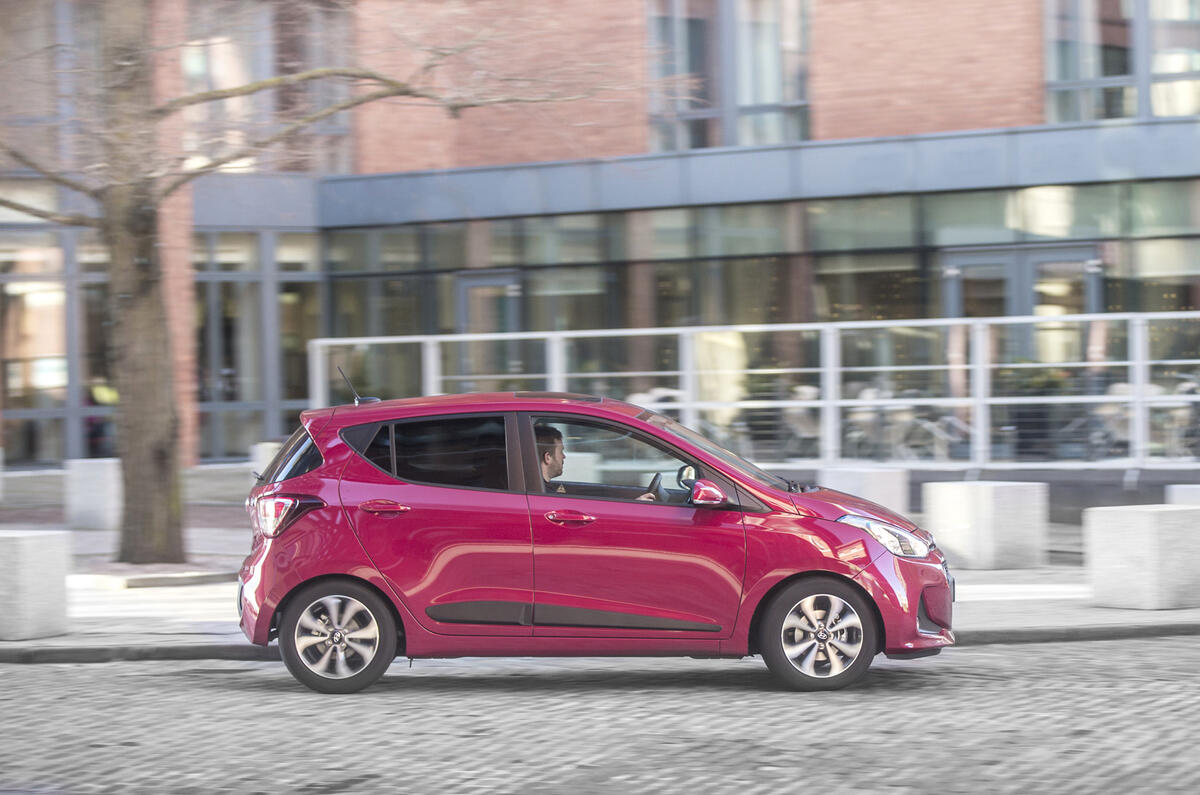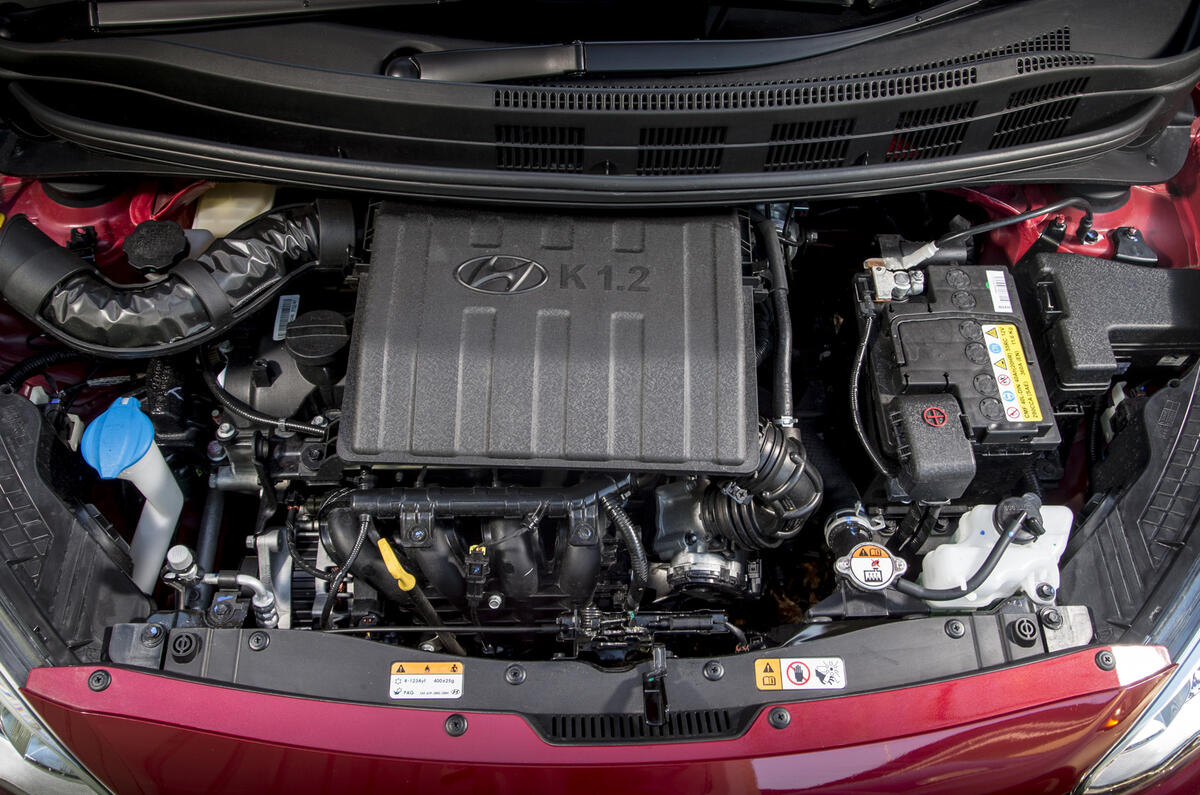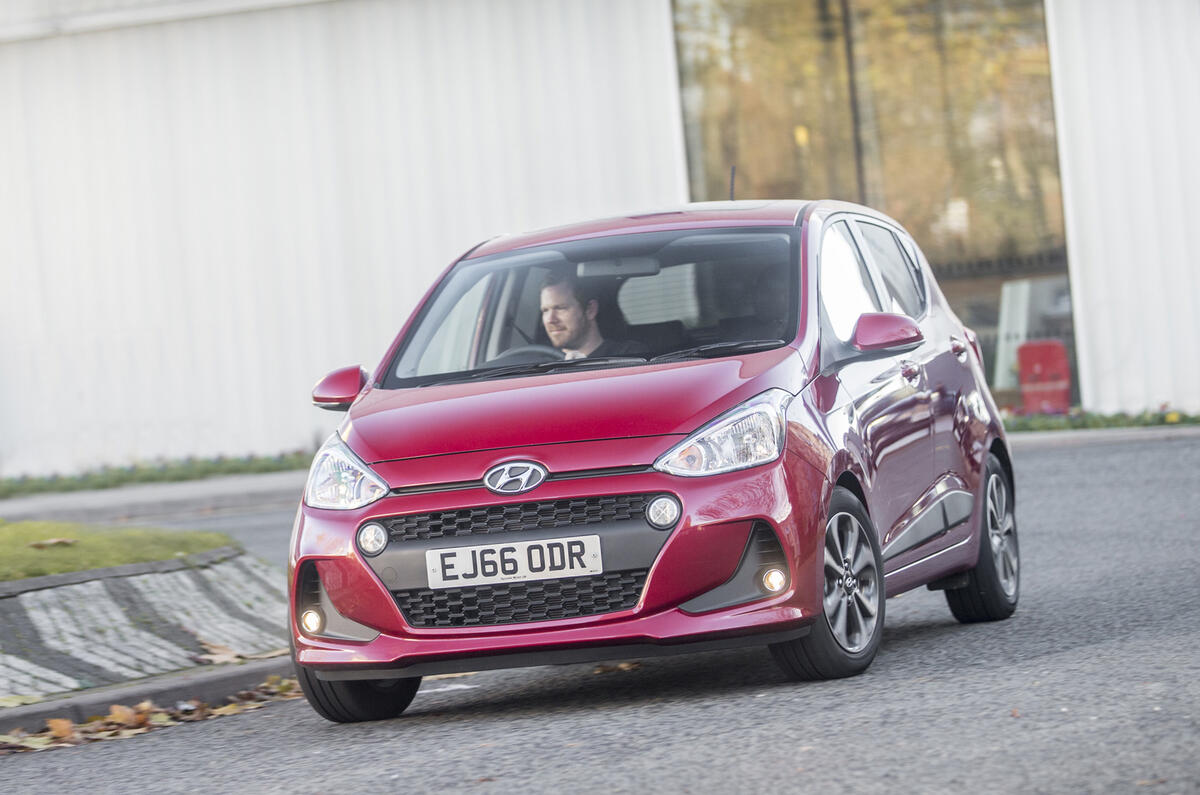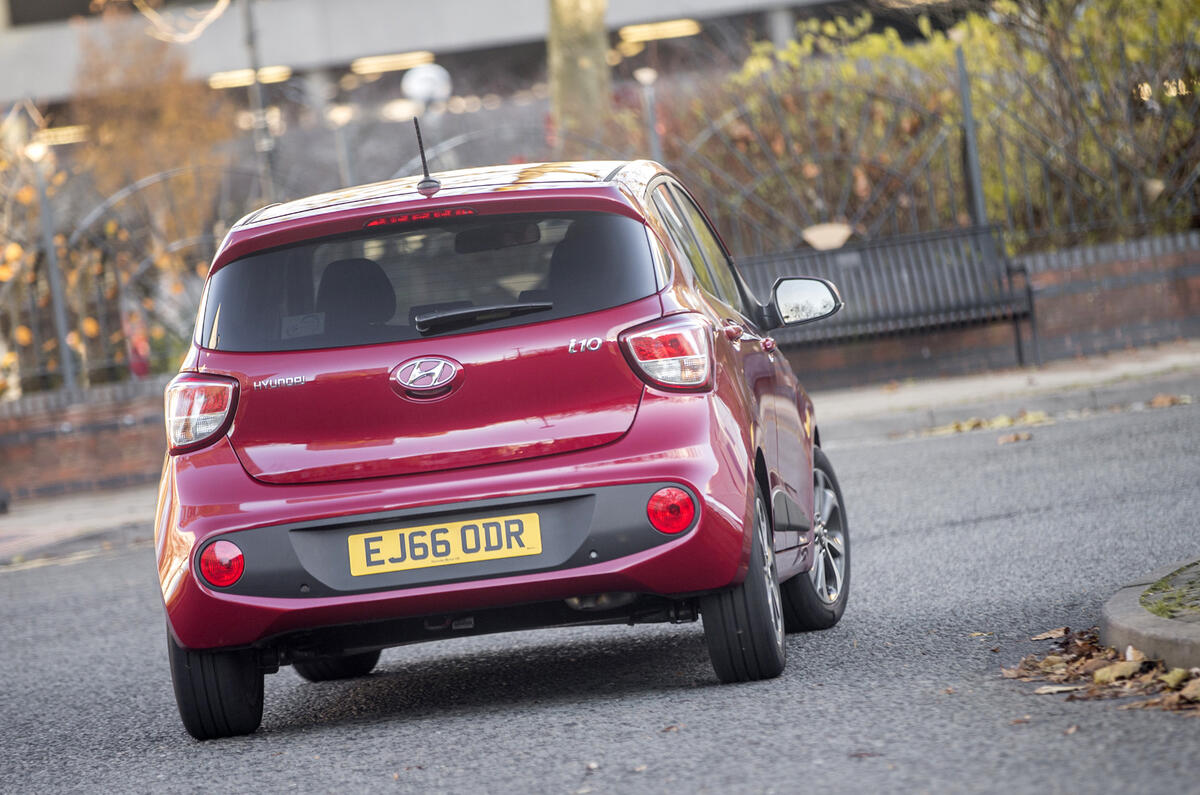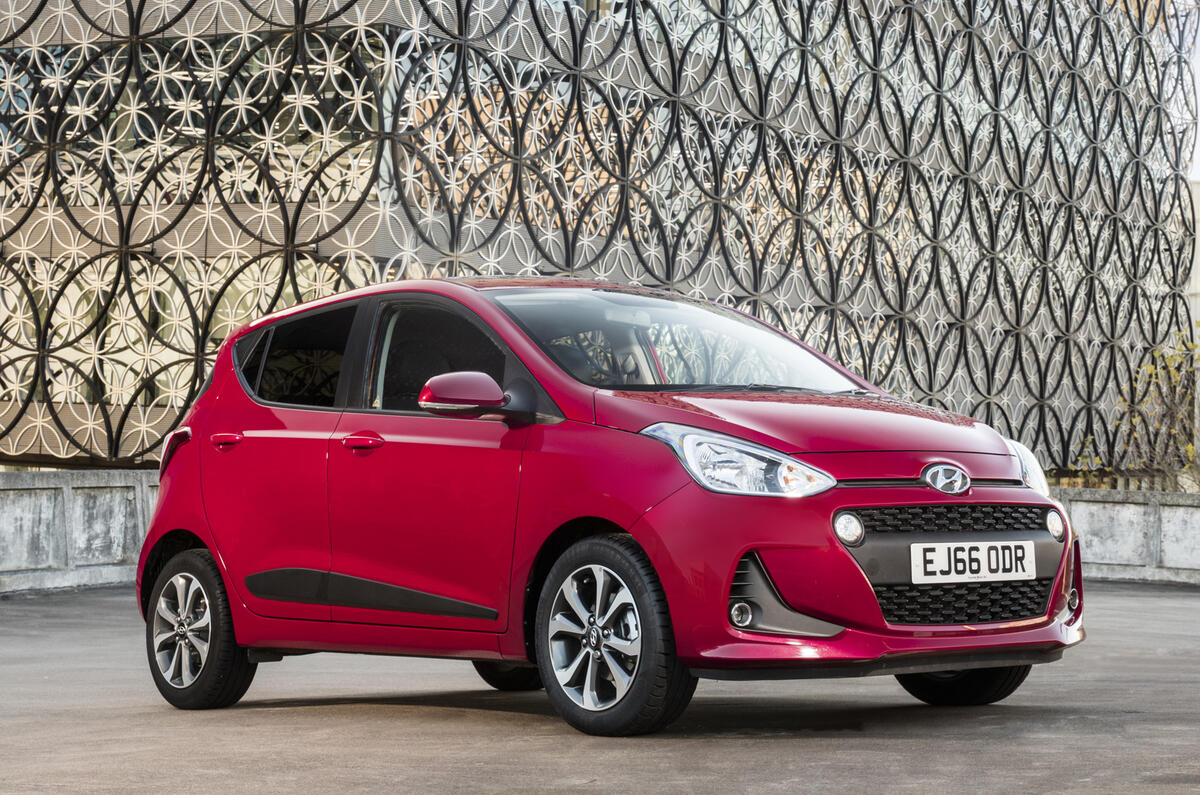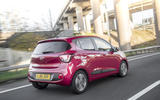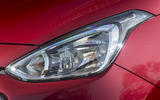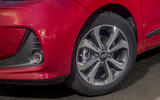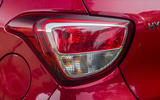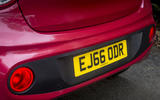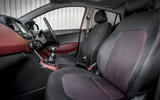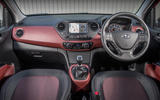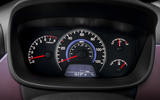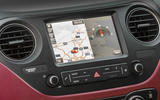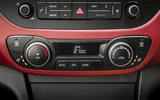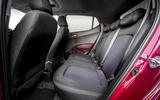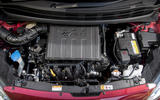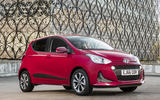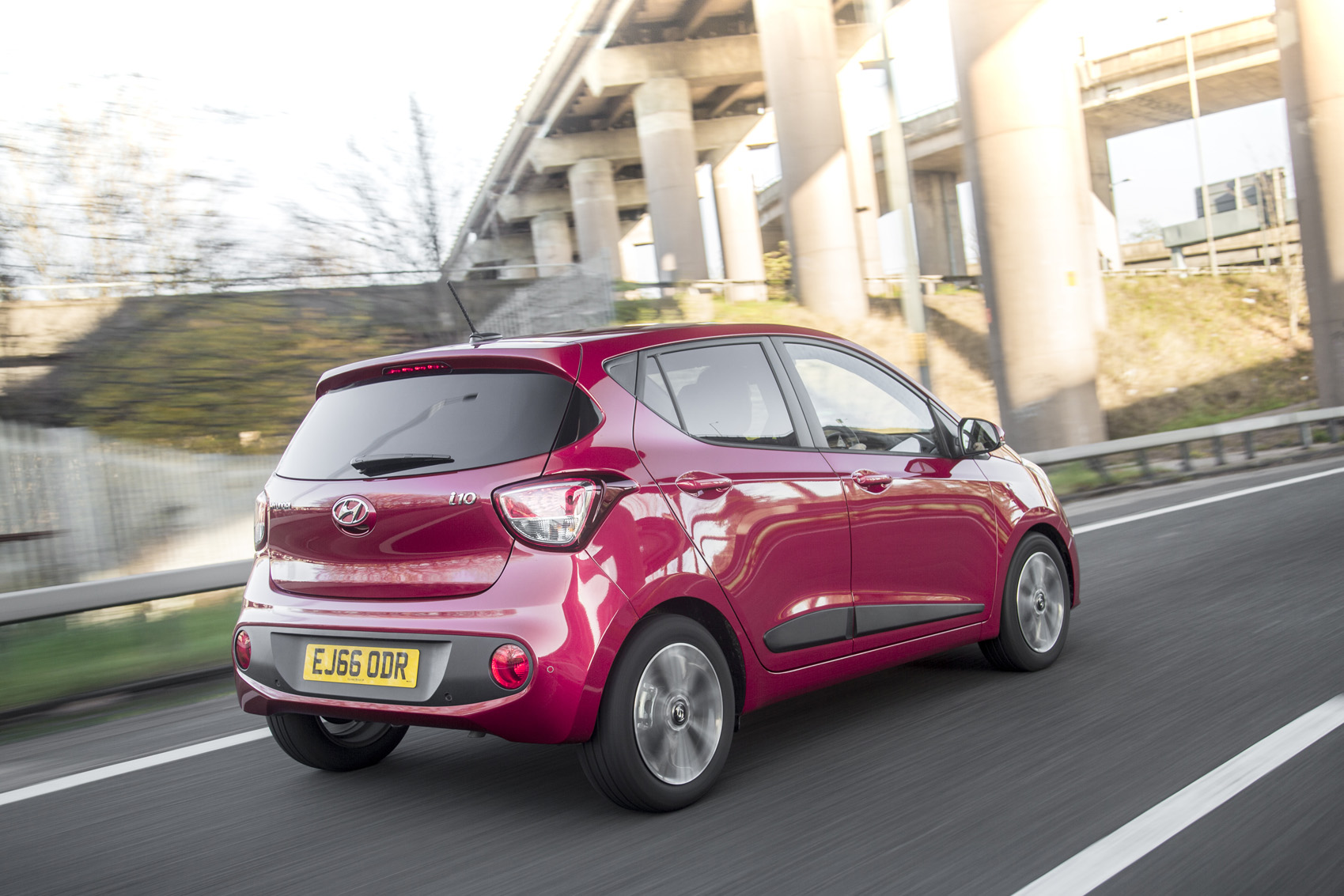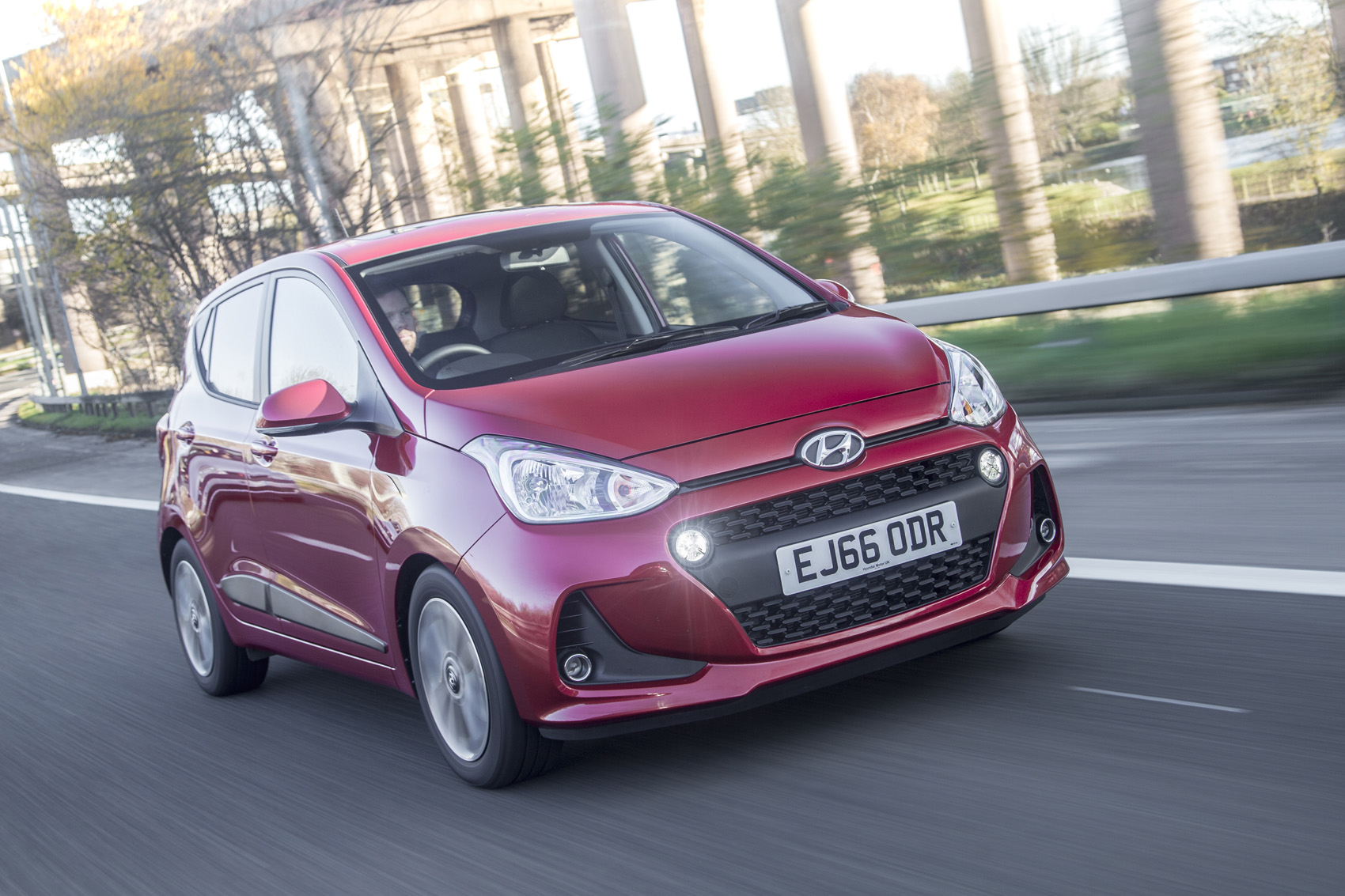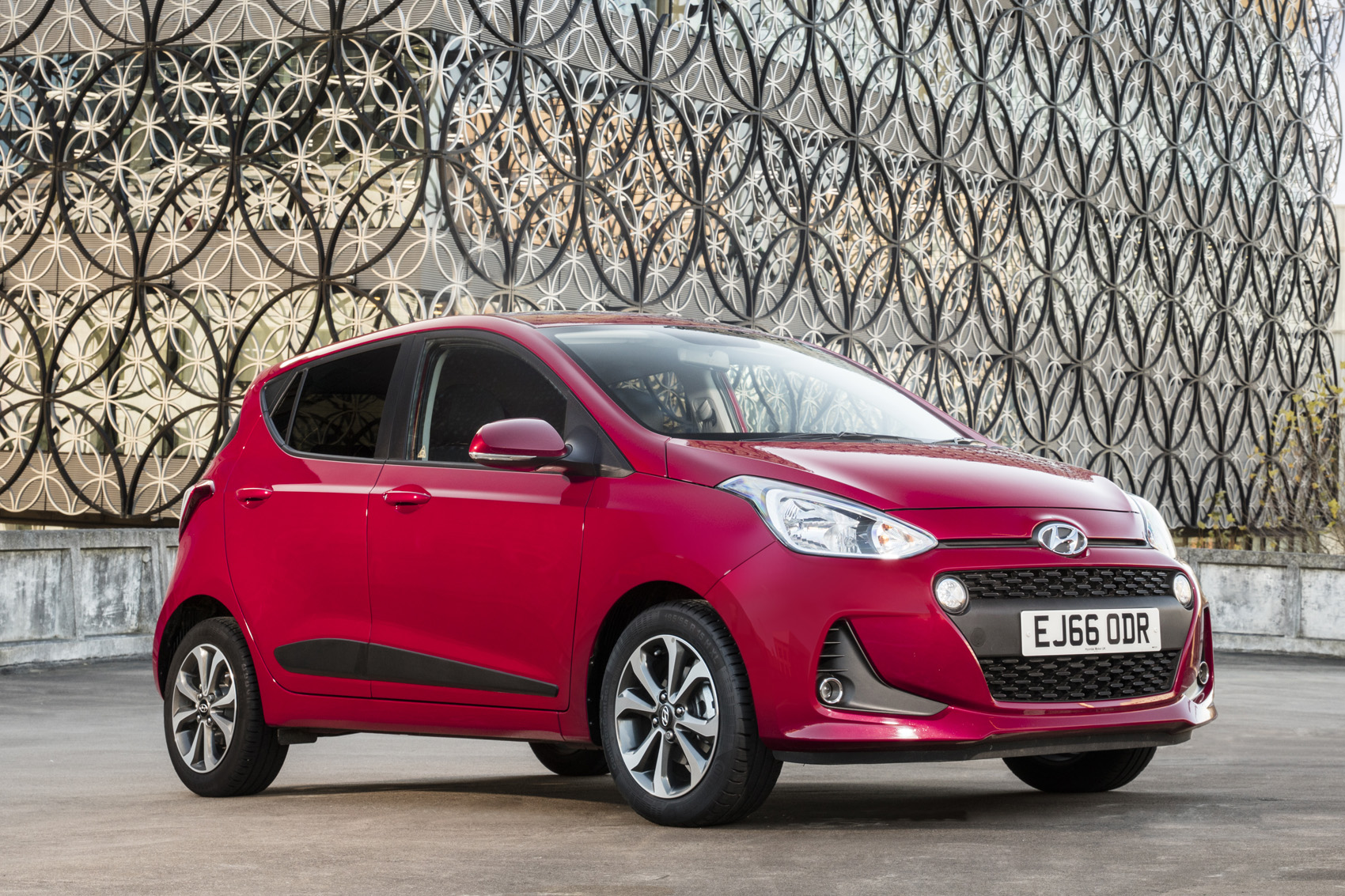Sometimes, things just work out perfectly. Hyundai could not have foreseen the financial crisis that would coincide with the launch of the previous Hyundai Hyundai i10; nor could it have predicted that unprecedented government incentives would be offered to make small cheap cars appear virtually irresistible.
Had Hyundai still been turning out cut-price mediocrity like the Atoz, it may have resulted in nothing more than a profitable blip. But the Hyundai i10 was different. It was decent enough to look at and to sit in, well made, great value and, incredibly, rather fun to drive.
It was a critical and commercial smash, establishing the steep trajectory for growth that has only just now levelled out – six years on.
Prior to the last Hyundai i10, the brand had been building the Atoz (or Atos or Amica, depending on market) since 1997. In fact, 2014 marked its 17th in production as the model is still sold in India as the Santro Xing.
From a European viewpoint, such a long lifespan hardly seems deserved. Whatever its nameplate, the car was indicative of the downmarket approach the manufacturer took to carve a global niche for itself.
Nevertheless, it was cheap to run, cheap to buy and could seat four adults – all virtues that were transferred to the vastly superior i10.
Now, a second-generation Hyundai i10, not dissimilar to the first, takes up the torch. Significant strides forward in desirability and overall quality have been promised, and they’ll need to be discernible now that others – the Volkswagen Group in particular – have aggressively re-entered the city car segment. The Hyundai i10 was facelifted for 2017, with improved infotainment, a new grille and LED day-running-lights core behind the refresh.


